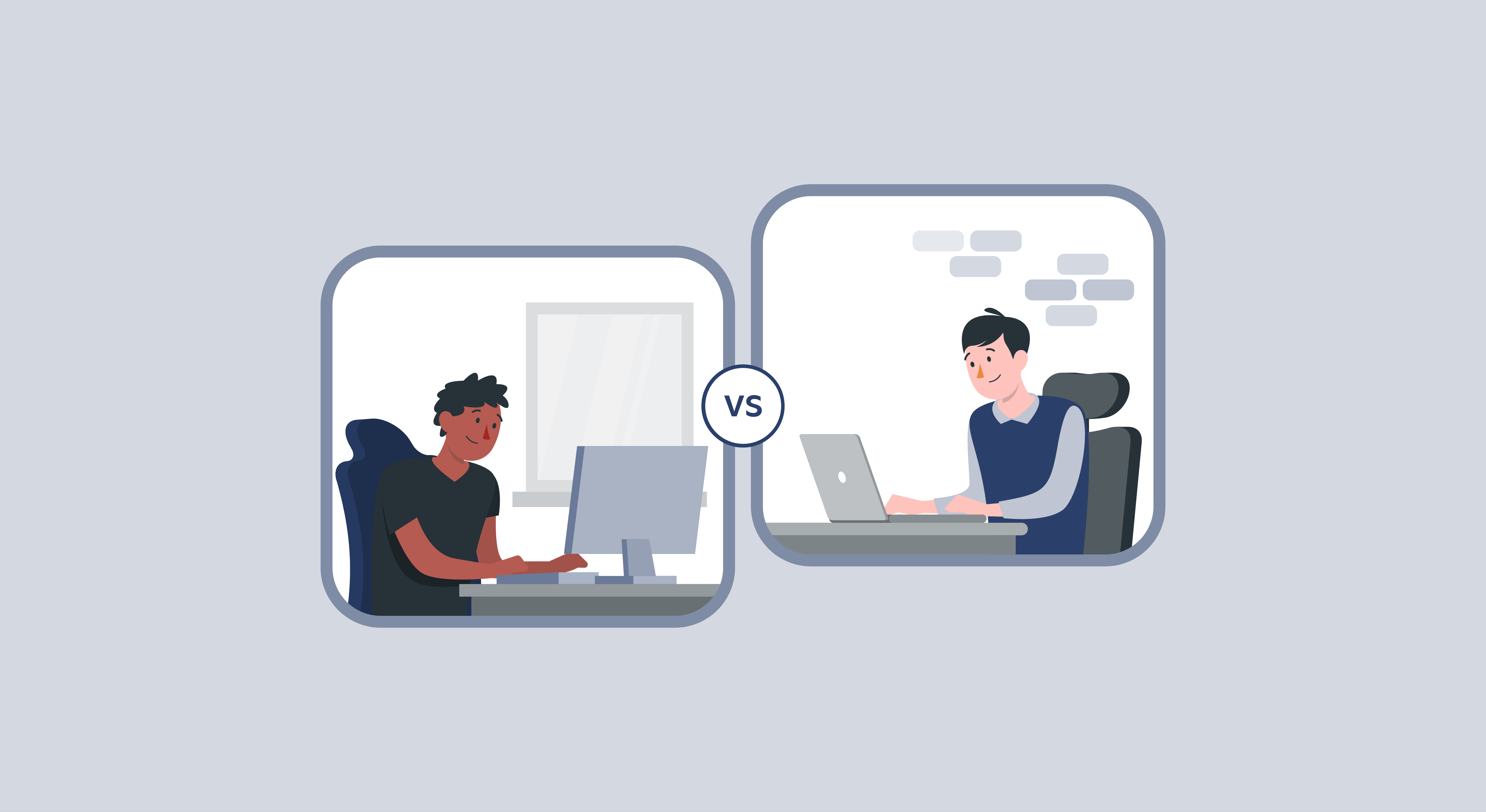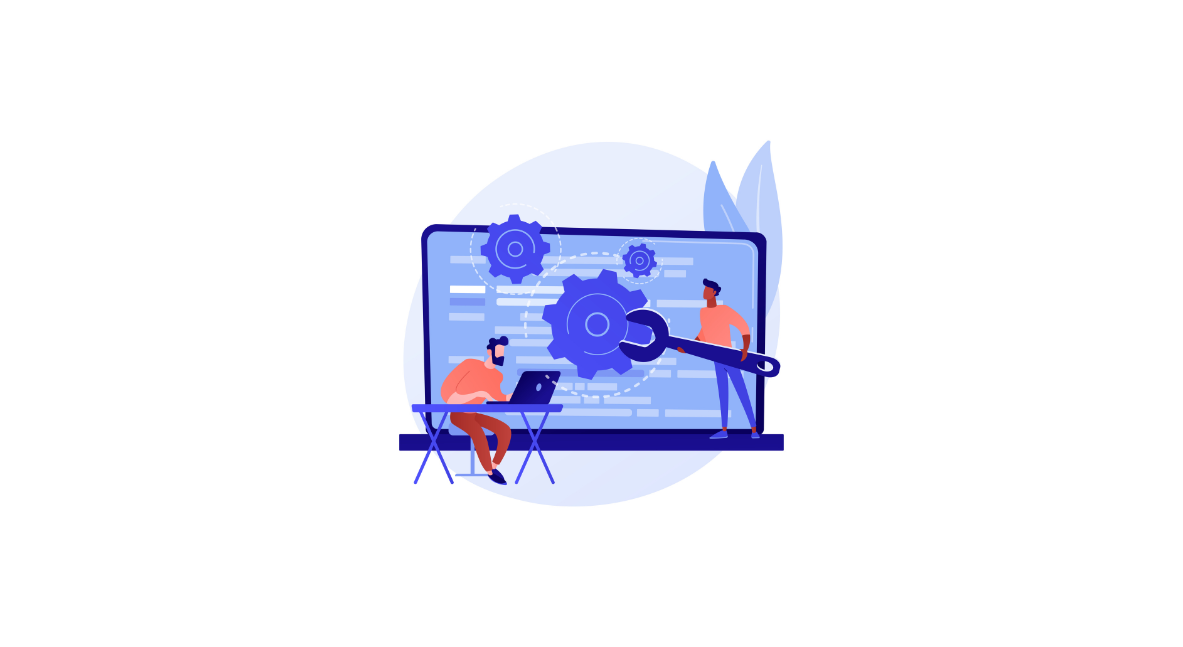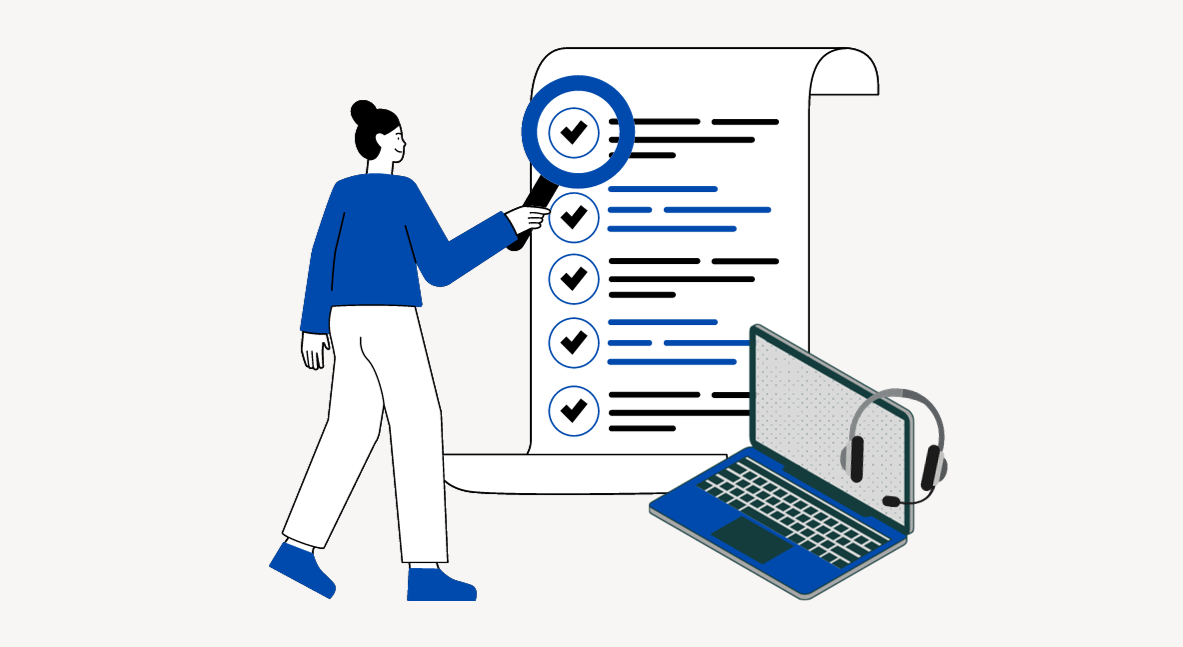Introduction
In today’s fast-paced and technology-driven business landscape, efficient and effective support systems are crucial for ensuring smooth operations and customer satisfaction. Two terms that often come up in discussions surrounding support functions are “Help Desk” and “Service Desk.” While these terms may seem interchangeable at first glance, understanding the distinctions between them is essential for organizations aiming to optimize their support processes. In this blog post, we will delve into the realm of support management, exploring the key differences between Help Desk and Service Desk, and shed light on their respective roles, functions, and benefits. By the end, you’ll have a clearer understanding of these vital components and be better equipped to choose the right approach for your organization’s needs.
Help Desk vs Service Desk: What’s the Difference?
| Help Desk | Service Desk | |
| Focus | Technical support for specific issues | Comprehensive IT service management |
| Scope | Limited to solving technical problems | Broader range of IT and non-IT services |
| Function | Reactive – addresses user issues | Proactive – provides end-to-end support |
| Service Level | Basic service level agreements | Formal service level agreements |
Help Desk and Service Desk are two distinct support functions that serve different purposes within an organization. A Help Desk typically focuses on addressing immediate user issues and providing technical support to end-users. It serves as a central point of contact where users can report problems, seek assistance, and receive resolutions or workarounds. Help Desks are primarily reactive, focusing on incident management and ensuring quick problem resolution to minimize disruptions.
On the other hand, a Service Desk takes a broader approach by encompassing not just incident management but also IT Service Management (ITSM). It goes beyond simply fixing issues and aims to enhance the overall user experience. A Service Desk focuses on managing and supporting IT services, including service requests, change management, problem management, and more. It takes a proactive stance in preventing incidents and optimizing service delivery to align with business objectives.
While both Help Desk and Service Desk share the common goal of providing support, their scope, functions, and objectives differ. Help Desks are typically more focused on troubleshooting and resolving immediate technical problems, while Service Desks adopt a more comprehensive approach, encompassing broader service management practices.
Help Desk Overview
Definition and Purpose
The Help Desk serves as the primary point of contact for users seeking technical assistance and support within an organization. Its main objective is to address and resolve user-reported issues promptly and efficiently. The Help Desk acts as a centralized hub where users can report problems, ask questions, or request guidance related to software, hardware, or any other technology-related concerns. It typically employs skilled technicians or support agents who possess in-depth knowledge of various systems and applications. The Help Desk team is responsible for diagnosing and troubleshooting problems, providing step-by-step instructions or workarounds, and escalating complex issues to higher-level support teams if necessary. Moreover, Help Desks often maintain a ticketing system to track and prioritize user requests, ensuring timely responses and resolution. By focusing on incident management and reactive support, Help Desks play a critical role in minimizing downtime, improving user satisfaction, and maintaining smooth operations across the organization.
Key Features of Help Desks
Ticket Management
Ticket Management is a fundamental feature of Help Desk systems. It enables the efficient handling and tracking of user requests and reported issues. When a user submits a support request, a unique ticket is generated, containing relevant information such as the problem description, priority level, and user details. Help Desk software allows support agents to manage these tickets, ensuring proper categorization, assignment to the appropriate technician, and tracking of progress. By organizing and prioritizing tickets, Help Desk systems streamline the support process, ensuring that requests are handled in a timely and systematic manner, leading to improved efficiency and customer satisfaction.
Knowledge Base
Knowledge Base serves as a centralized repository of information, documentation, and solutions to common issues and frequently asked questions. It empowers users to access self-help resources and guides, enabling them to find resolutions to their problems independently. Support agents also benefit from the Knowledge Base by having a comprehensive source of reference materials and troubleshooting steps at their disposal. By leveraging the Knowledge Base, Help Desk systems promote self-service, reduce repetitive inquiries, and enable faster problem resolution.
Self-Service
Self Service is a valuable feature offered by Help Desk systems, allowing users to find solutions and perform certain tasks independently without the need for direct assistance from support agents. Through a user-friendly interface, self service portals provide access to a range of resources, including knowledge articles, FAQs, video tutorials, and community forums. Users can search for relevant information, follow step-by-step guides, and troubleshoot common issues on their own. This empowers users, reduces their dependency on support staff, and enables quicker problem resolution. Self service functionality not only enhances user satisfaction by providing instant and convenient access to self-help resources but also frees up support agents to focus on more complex and critical tasks. By promoting self-sufficiency and empowering users, Help Desk systems with Self Service capabilities contribute to more efficient support operations and a positive user experience.
Service Desk Overview
Definition and Purpose
A Service Desk is a centralized support function that goes beyond incident management and encompasses a broader scope of service management within an organization. It serves as a single point of contact for users, handling service requests, change management, problem management, and more. Unlike a Help Desk, which primarily focuses on reactive incident resolution, a Service Desk takes a proactive approach by actively managing IT services to align with business objectives. The purpose of a Service Desk is to enhance the overall user experience, optimize service delivery, and ensure that IT services align with the needs and goals of the organization. By adopting a comprehensive service management approach, Service Desks play a crucial role in improving service quality, minimizing disruptions, and fostering a proactive and customer-centric support environment.
Key Features of Service Desks
Incident Management
Incident Management focuses on the efficient and systematic handling of incidents and service disruptions. It involves a structured approach to identify, analyze, and resolve incidents to minimize their impact on business operations. Service Desk teams receive incident reports, prioritize them based on severity and impact, and strive to restore services swiftly. They follow predefined processes, documenting incidents, and tracking their progress until resolution. Incident Management aims to restore normal service operations promptly, keeping stakeholders informed throughout the incident lifecycle. By effectively managing incidents, Service Desks help mitigate downtime, enhance user satisfaction, and maintain the overall stability and resilience of IT services.
Problem Management
Problem Management is a vital component of Service Desks, focusing on identifying and addressing the root causes of recurring incidents and problems. It involves a systematic approach to investigate underlying issues, determine their causes, and implement long-term solutions to prevent their recurrence. Service Desk teams analyze patterns, trends, and data to identify common problems and prioritize them based on their impact on the organization. Through proactive problem detection and resolution, Problem Management helps to minimize the occurrence and impact of incidents, improve service quality, and enhance overall system stability. By addressing the underlying causes, Service Desks with robust Problem Management capabilities contribute to long-term service improvement and increased customer satisfaction.
Change Management
Change Management focuses on controlling and overseeing the process of implementing changes to IT services, systems, or infrastructure in a structured and controlled manner. It involves assessing the potential impact of proposed changes, planning and coordinating their implementation, and ensuring that changes are executed without disrupting the stability of existing services. Service Desk teams work closely with stakeholders to evaluate change requests, conduct risk assessments, and define appropriate change management processes. This includes documenting change procedures, obtaining necessary approvals, and communicating changes to relevant parties. Effective Change Management minimizes the risk of service disruptions, facilitates smooth transitions, and ensures that changes align with organizational objectives. By maintaining a disciplined approach to change implementation, Service Desks play a crucial role in optimizing service delivery and maintaining the integrity of IT infrastructure.
Comparing Help Desks and Service Desks
Scope of Services
The scope of services offered by Help Desks and Service Desks differs significantly. Help Desks primarily focus on providing technical support to end-users, addressing immediate issues, and resolving incidents promptly. Their scope typically revolves around troubleshooting hardware and software problems, offering guidance, and providing reactive support.
On the other hand, Service Desks have a broader scope that extends beyond incident management. They encompass various ITSM practices, including handling service requests, managing change and problem resolution, and promoting proactive service improvement. Service Desks aim to align IT services with the organization’s business objectives, enhance user experience, and optimize service delivery.
In essence, while Help Desks concentrate on reactive incident resolution, Service Desks take a more holistic approach by incorporating a comprehensive range of ITSM activities that encompass both incident and problem resolution as well as proactive service enhancements.
ITIL Compliance
ITIL (Information Technology Infrastructure Library) Compliance is an important consideration when comparing Help Desks and Service Desks. ITIL is a widely recognized framework for IT service management that provides best practices and guidelines for delivering high-quality IT services. While Help Desks may adhere to certain ITIL principles, Service Desks are designed to be more closely aligned with ITIL practices.
Service Desks, by their nature, aim to meet ITIL compliance more comprehensively. They incorporate key ITIL processes, such as Incident Management, Problem Management, Change Management, and Service Level Management, into their operations. Service Desks often implement ITIL-based workflows, utilize ITIL terminology, and follow ITIL-compliant procedures to ensure consistent and standardized service delivery.
In contrast, while Help Desks may adopt certain ITIL concepts, their adherence to the complete ITIL framework may be less pronounced. Help Desks typically focus on immediate incident resolution and may not fully integrate the broader ITIL processes and principles.
Infrastructure and Organization Compatibility
When comparing Help Desks and Service Desks, assessing infrastructure and organization compatibility becomes a crucial factor to ensure efficient support operations that align with the size, complexity, and support requirements of the organization’s IT infrastructure.
Help Desks are often suited for smaller organizations with simpler IT infrastructures. They require minimal infrastructure and can be set up relatively quickly, making them a cost-effective option for organizations with limited resources.
On the other hand, Service Desks are more suitable for larger organizations with complex IT infrastructures and extensive service management needs. They often require robust infrastructure, including dedicated service management software, integrated ticketing systems, and knowledge bases. Service Desks are designed to handle a broader range of services and support a higher volume of users and incidents.
Compatibility with the organization’s structure and processes is also a key consideration. Help Desks can seamlessly integrate into smaller teams or departments, while Service Desks are typically centralized and serve as a single point of contact for the entire organization. Service Desks often involve more extensive coordination and collaboration with various departments and stakeholders.
Assessing Your Organization’s Needs
The choice between a Help Desk and a Service Desk depends on the specific needs of your organization. Based on the points mentioned earlier, here is a general guideline:
- Size and complexity of IT infrastructure: If your organization has a smaller IT infrastructure with relatively straightforward support requirements, a Help Desk may be a suitable choice. However, for larger organizations with complex infrastructures, multiple systems, and a need for comprehensive service management, a Service Desk would be a more appropriate solution.
- Level of support required: If your primary focus is on incident resolution and providing immediate technical support to end-users, a Help Desk can fulfill those requirements. However, if you require a broader range of service management practices, including proactive problem management, change management, and service level management, a Service Desk is the better option.
- Existing support processes: Evaluate your current support processes and workflows. If your organization has well-defined processes that align closely with the incident management-focused approach of a Help Desk, it may be the right choice. On the other hand, if you identify a need for process improvement, coordination across departments, and more comprehensive service management, a Service Desk can provide the necessary framework.
- Scalability and growth potential: Consider the scalability and growth potential of your organization. If you anticipate future expansion, increased support needs, or a larger user base, a Service Desk is designed to handle these scalability requirements more effectively than a Help Desk.
- Budgetary constraints: Budget is an important factor to consider. Help Desk solutions are generally more cost-effective to implement and maintain, making them suitable for organizations with limited budgets. Service Desks often involve additional costs for software, hardware, training, and ongoing maintenance due to their broader functionalities.
Conclusion
Both service desk software solutions and help desk solutions provide companies essential support frameworks. Help desks provide almost immediate support to resolve urgent and important issues while a service desk helps companies to put effective business practices in place in addition to issue resolution. HappyFox Help Desk gives you a service delivery setup that can run several service desk operations. Book a one-on-one demo with our product specialists to know about our integrated solution.








